
Completion of the swimming center in London by Zaha Hadid
In London, they do not want to experience the stress of finishing Olympic stadiums at the last minute, as was the case in Beijing or Athens, which is evidenced by the completion of another symbol of the upcoming games - the Aquatics Centre designed by Zaha Hadid. The industrially devastated area in the Stratford district in northeast London is undergoing extensive regeneration into a city park. Some time ago, the basketball arena by Sinclair Knight Merz and the velodrome by Michael Hopkins were completed here.
The Aquatics Centre by Zaha Hadid, located on the southeast edge of the future Olympic site, is separated from the other stadiums by the River Thames, which is crossed by a series of pedestrian bridges leading to the square in front of the stadium. The symbolism of the water element is also present in the parabolic roof of the stadium, reminiscent of a massive wave rising from a base with three competitive swimming pools. Water dynamics are also reflected in the shape of the trio of diving boards and subsequently in the ceilings, walls, and windows. The overall dynamics of the building are only slightly disturbed by the temporary side wings of the stands, which increase the capacity to 17,500 spectators during the games. After the games, the stands will be replaced by a curved glass façade, completing the stadium's representation as flowing water and ensuring ample natural light in the pools.
The Aquatics Centre by Zaha Hadid, located on the southeast edge of the future Olympic site, is separated from the other stadiums by the River Thames, which is crossed by a series of pedestrian bridges leading to the square in front of the stadium. The symbolism of the water element is also present in the parabolic roof of the stadium, reminiscent of a massive wave rising from a base with three competitive swimming pools. Water dynamics are also reflected in the shape of the trio of diving boards and subsequently in the ceilings, walls, and windows. The overall dynamics of the building are only slightly disturbed by the temporary side wings of the stands, which increase the capacity to 17,500 spectators during the games. After the games, the stands will be replaced by a curved glass façade, completing the stadium's representation as flowing water and ensuring ample natural light in the pools.
The English translation is powered by AI tool. Switch to Czech to view the original text source.
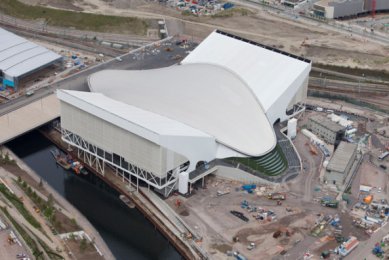
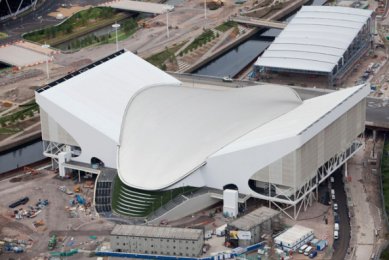

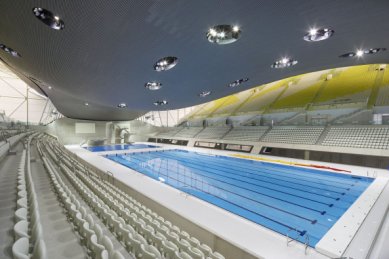
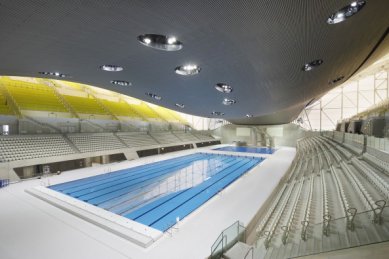
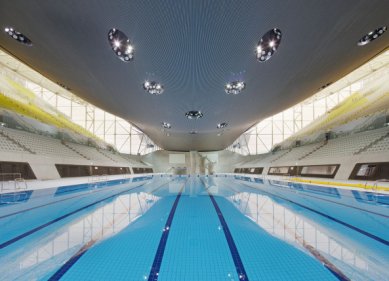
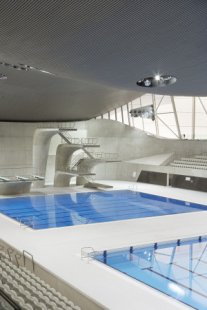

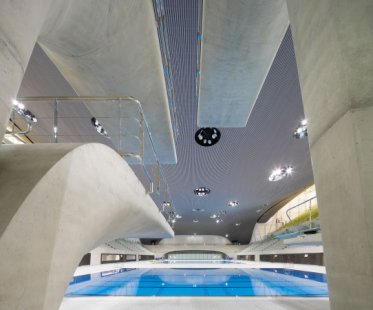
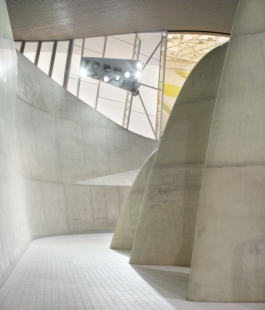
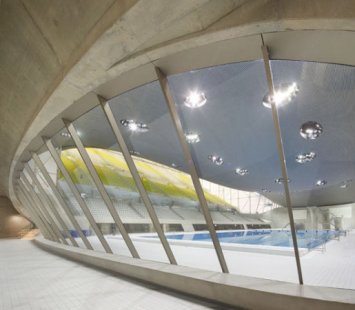
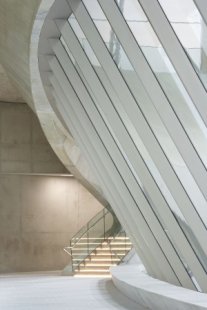
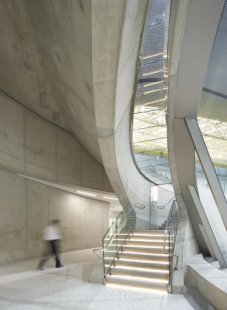
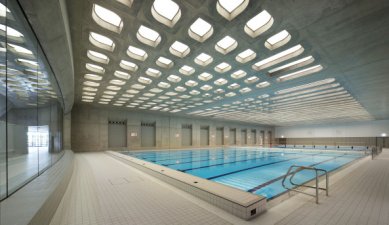
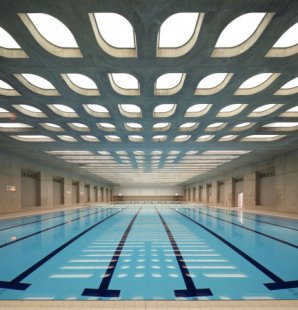
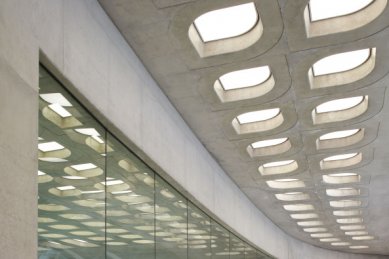
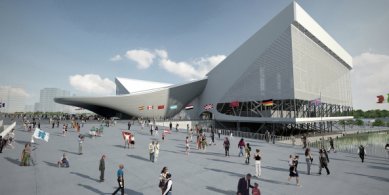
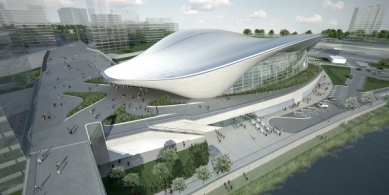
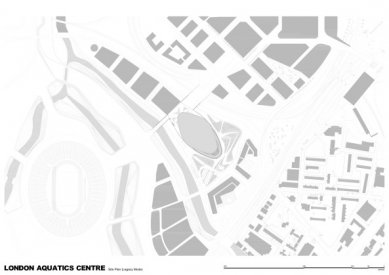
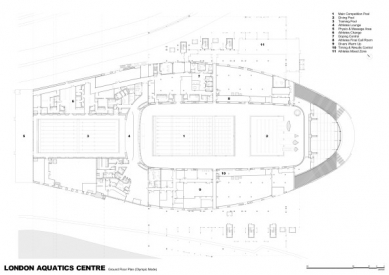
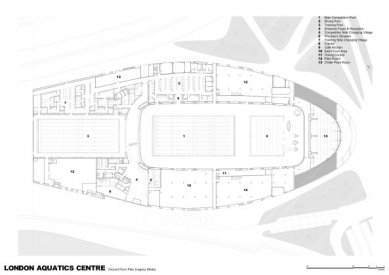
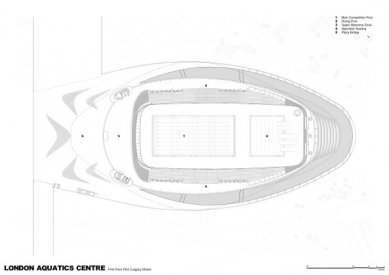
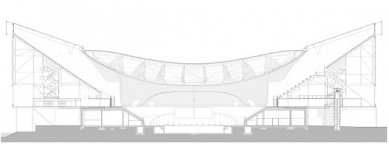
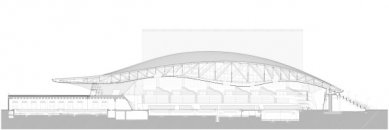
0 comments
add comment
Related articles
0
27.07.2015 | The Reinhold Messner Museum in the Italian Alps by Zaha Hadid
0
19.11.2012 | The winning project of the Japanese national stadium by Zaha Hadid
1
02.08.2011 | Swimming pools in Shanghai from gmp
0
01.03.2011 | <html>
<head>
<title>Velodrome in London by Michael Hopkins</title>
</head>
<body>
<h1>Velodrome in London by Michael Hopkins</h1>
</body>
</html>
0
03.01.2007 | Swim Center in London by Zaha Hadid












